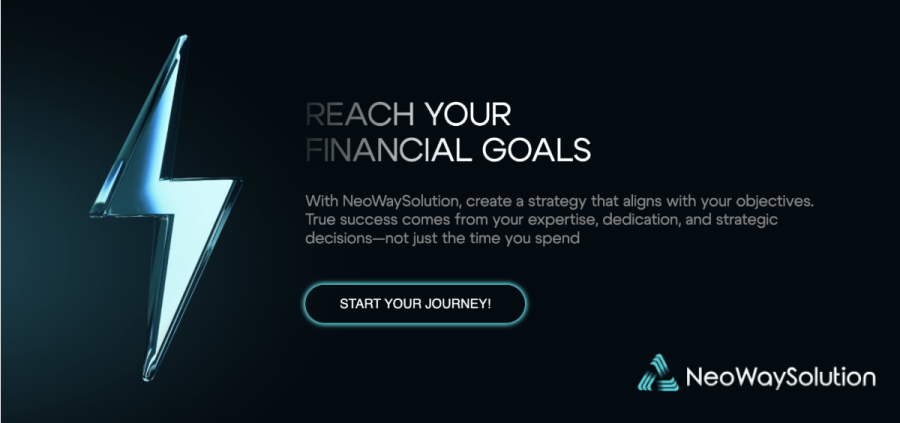In recent years, digital learning has transformed the traditional classroom into a more interactive, flexible, and student-centered environment. From online platforms to smartboards, technology is reshaping how students learn and how teachers deliver lessons.
With the rise of e-learning tools and educational apps, students can now access resources anytime and anywhere, promoting self-paced and independent learning. Schools across the country are integrating digital tools not just to enhance academic performance, but also to foster creativity and critical thinking.
However, experts emphasize the importance of balancing screen time and ensuring equal access to technology, especially in rural and underprivileged areas. The government and private sector must work together to bridge the digital divide and train educators to make the most of these advancements.
As digital learning continues to evolve, the future of education looks promising—more inclusive, engaging, and innovative than ever before.









